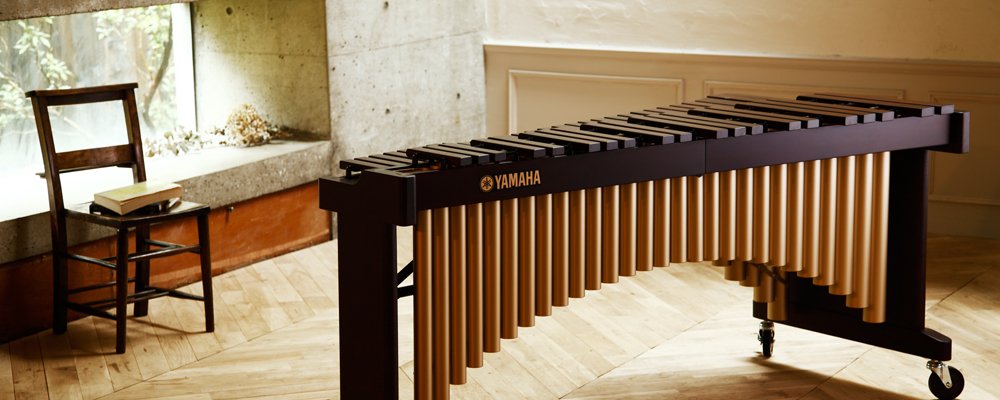The origins of the Marimba
The birth of the marimba
An instrument created by an African goddess?
According to oral history, the story of the marimba began a long, long time ago in Africa, where holes were dug in the ground, wooden bars were made to cross over this hole, and the bars were struck to produce sound. That is, a sort of xylophone arose that worked by having the sound produced by wooden bars resonate within holes. Subsequently, gourds were attached to the undersides of the wooden bars. Now it was the gourds that served as resonating chambers for the sound. Instruments like this are still familiar as traditional folk instruments. Interestingly, the Zulu tribe of South Africa is said to have legends of a goddess named Marimba who created a xylophone with gourds attached.
It became the marimba in the Americas!
The instrument that was the ancestor of the marimba crossed the sea with African people and arrived in Central and South America. The gourds were swapped with resonator pipes made of wood. Eventually, still in the Americas, the resonator pipes that were attached started to be made of metal, resulting in the modern marimba.
The captivating warm tones of the low notes
The ranges of modern marimbas vary: Typical instruments used even in elementary and middle schools cover four octaves, but the standard range of marimbas used in music colleges and the professional world is between four-and-a-half and five octaves. These instruments are extended so that notes in lower ranges can be played. The timbre of the low notes on marimbas have considerable warmth, and this is what makes the instruments attractive. The greater number of notes also increases a player's musical repertoire.
Musical Instrument Guide : Marimba Contents
Origins
Structure
- What kind of instrument is the marimba?
- Inside and outside the resonator pipes
- There is craft to the design of the tone plates, too
- [Experiment1]Tone plate sanding depth and sound pitch experiment
- [Experiment2]Tone plate sanding location and sound pitch experiment
- [Experiment3]Try changing the material of the resonator pipes

